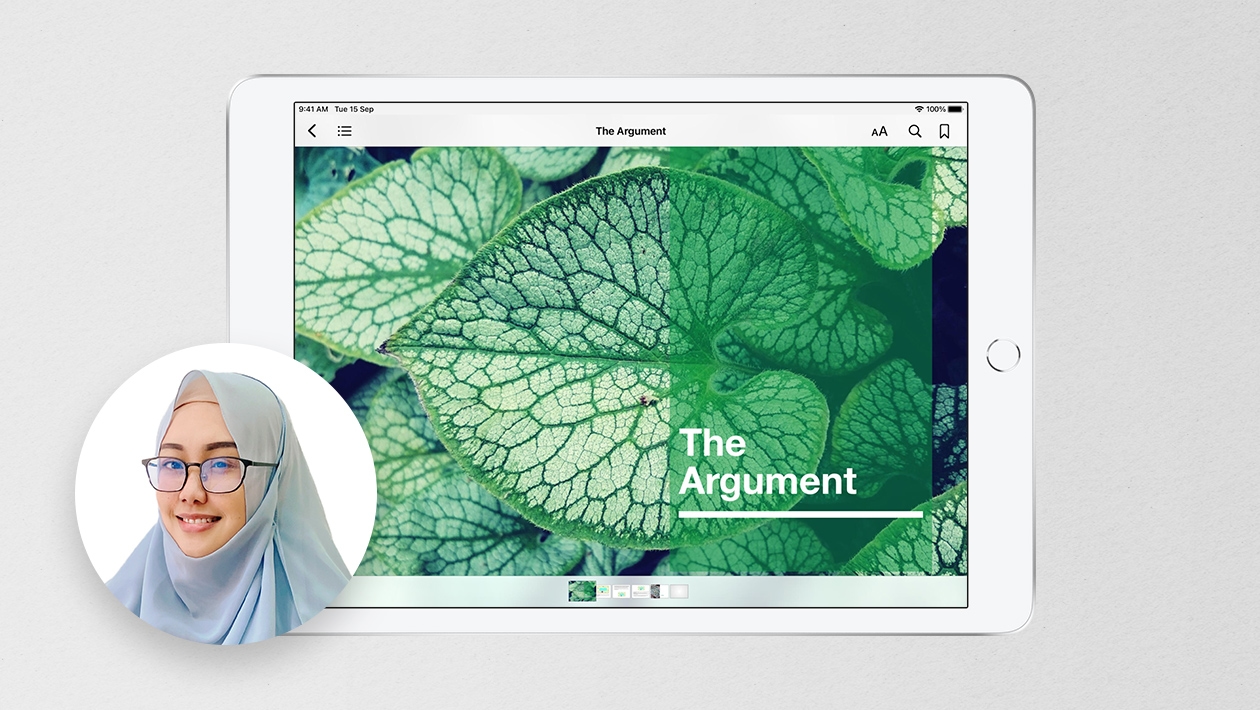Often teachers will encourage students to “make a picture or movie in your head” as they are reading or listening to a story. Recently, I have been exploring how using an AI art generator could be another effective strategy to assist students as they learn to visualize text. Here are some ideas and strategies that I have been trying:
Prompts using Copy/Paste from Text
A good way to start using AI to help students visualize text is to copy/paste or type a section of text into an AI art generator and see what kind of image the AI creates from it. I recently saw Carl Hooker doing “#KarAIoke” on social media, where he typed in song lyrics and had people guess what they were. Here is my try - can you guess the song? This would be a great warm up activity for a class. (Sorry, I realized later that my example related primarily to readers from the USA and probably was not the best option.)
The copy/paste strategy could be used for a description of a scene or a character. Here is an example of Daisy Buchanan from the Great Gatsby:
This also would work with poetry. Here is an example from Robert Frost’s Stopping by Woods on a Snowy Evening:
Writing Prompts to Visualize Text
You can take the lesson deeper by first reading some text and then building your own image prompt based on your understanding of what you read. This could be done by individuals or by the class working together, adding ideas to the prompt and regenerating if the created image is not quite right. Here are some suggestions for using this strategy:
- Generate an image of a character. Enhance the image by adding a style that reflects the time period or the personality of the character. Turn the character into a Pixar style 3D character or a statue. You could also create a “character map sheet” that contains the character and items that relate to the character in the story.
- Generate a visual of story or play setting. After each generation, add details to clarify the image. Use “3d Isometric render miniature diorama” to create a striking overhead visual. You could also create an “overhead map, top view” or a “Minecraft” or “pixel” view of the setting.
- Generate a scene from the story, explaining the main action of the character in a location and any important objects that are part of the plot. Enhance the image by turning it into a painting, watercolor, cartoon, paper cutout, a quilt, or a tapestry. (This would be a great "exit ticket" to share a summary of a chapter.)
Creating Book Covers
Creating a book cover using AI art is a great way to synthesize the main concepts of a piece of literature. Ideogram or Bing Image Creator do a fairly good job of adding text, although you may have regenerate the prompt several times to get it spelled right! Another way to do this would be using Canva to create the AI images and then add the text directly in there. You could also copy/paste an image into Pages or Keynote and then add the text.
Visualizing Abstract Ideas
It could be interesting to use AI art generators to visualize idioms and figures of speech! Students could show both the literal and actual meaning of a saying.
I also think AI art can be helpful to deepen understanding of abstract terms. I liked an idea that I saw from Brent Warner where he generated a “grid of 4 four images connected to the idea of ___________.” Often the AI will come up with unique and thought provoking ways to illustrate a concept. (Note: I found Bing Image Creator worked best for working with these kinds of abstract concepts and creating a grid.)
Call to Action
I hope these ideas have inspired you to think of some ways that AI art generators could help your students to better visualize the things they are reading in class. If so, please share in your ideas in the comments. I’d also love to hear any ways that you have been using AI art to help you and your students do some visualize text and ideas! (FYI Coming Soon! - I am working on another post on how to use AI art generators to enhance writing in the classroom!)
One Best Thing:
This post is a part of my One Best Thing Project "AI Art for Inspiration, Creativity, and Learning." I am collecting my AI Art project ideas and resources at this website:









February 05, 2024 . English
English
What an awesome post Karen! A creative idea that any discipline could use. I really like the song lyric idea - I'm going to try that as a warm up with my audio production class!
This action is unavailable while under moderation.
This action is unavailable while under moderation.